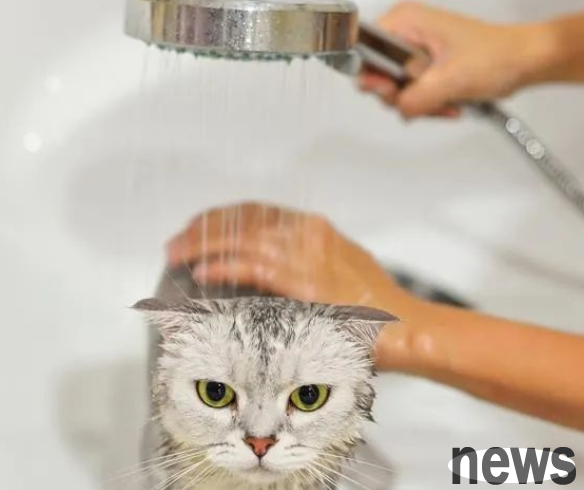Dear cat lovers, have you ever been troubled by how to bathe your beloved cat? Have you ever been worried that taking a bath will scare it, or that improper frequency of bathing will cause skin problems? Let us unveil the secret of cat bathing, master the correct bathing timing, frequency and skills, so that cats can enjoy a comfortable experience while keeping them clean.

1. How big is a cat to take a bath?
Many novices often ask, how big is my cat to take a bath? In fact, this is not a simple question, because different cats have different physiques and personalities. Generally speaking, it is not recommended to bathe cats shortly after they were born, that is, within 2-3 months. Because at this stage, cats have relatively low immunity and are susceptible to external bacteria, causing various diseases.
However, for cats who are born not afraid of water, or kittens who have learned the skills of bathing around the cat mother, we can also bathe them when they are fully prepared. At this time, we can choose to wipe their bodies with warm and humid towels, or use a special dry cleaner for pets.
2. How often should I wash it?
The frequency of bathing a cat should be determined based on the specific situation of the cat. Generally speaking, we recommend bathing your cat once a month. However, if your cat is very resistant to bathing, you can also choose to wash it every two months.
In addition, it should be noted that as cats become adults, their self-cleaning ability will gradually increase. Therefore, for adult cats, the frequency of bathing can be relatively low.

3. How to wash?
Preparation Tools: Before bathing your cat, you need to prepare the tools you need. This includes shampoo or shower gel for pets, buckets or showers, bath towels, combs, etc. In addition, to avoid cats running away during the bath, you can also prepare a pet bathrobe or a large towel.
Location selection: Choose a suitable place for cats to take a bath. It is best to choose a quiet, warm and sheltered place. It can be in a small corner of the bathroom, balcony or outdoor.
Start bathing: Adjust the water temperature to the appropriate temperature (approximately the warm water temperature that the cat can accept). Place the cat in a bucket or shower. During the bathing process, keep the water flow moderate to avoid scaring the cat. At the same time, be careful not to touch sensitive parts such as the cat's eyes, ears and nose.
Cleaning details: When bathing a cat, pay special attention to cleaning the cat's toes, anus, and ears that are easily overlooked. For long-haired cats, it is also necessary to use a comb to clean up dirt and dander in their hair.
Wipe and blow dry: After bathing, wrap the cat up with a bath towel and gently wipe the moisture. Then, use a hair dryer to completely dry the cat to avoid skin diseases and other health problems.
Rewards and interactions: During and after the bathing process, the cat can feel cared for and valued by giving snack rewards or interactive play. This can increase your cat's acceptance of bathing and help build a trust relationship between you and your cat.
Although it seems simple to bathe a cat, it contains many skills and wisdom. By mastering the correct timing, frequency and skills of bathing, we can not only keep our cats clean and prevent skin diseases and other problems, but also enhance our feelings with the cats and let them feel our care and care.
I hope that through today's sharing, we can help everyone better understand how to bathe cats. If you have any questions or suggestions, please leave a message in the comment section to share your experience and experience. Let us create a healthier and happier living environment for our beloved cats!
